Denemek ALTIN - Özgür
GODDESS AT THE CROSSROADS
Archaeology
|May/June 2025
Why a city put its trust in a Greek deity feared throughout the mediterranean
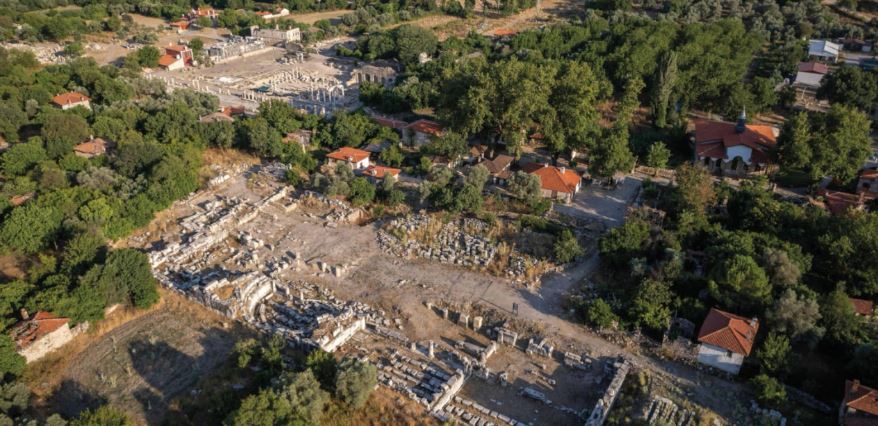
AS EARLY AS THE SECOND century B.C., residents of the city of Stratonicea in western Anatolia honored their patron goddess Hecate, a deity of magic and transitions, with the annual Festival of the Key. This celebration, which was unique to Stratonicea, began with a sixmile-long procession in which a key was carried to the city from a temple dedicated to Hecate in the neighboring town of Lagina. This is the only known temple devoted solely to the goddess. The procession then returned to Lagina through pine forests and past spring-fed reservoirs. Afterward, onlookers from Stratonicea and nearby villages streamed through a monumental arched gateway into the sanctuary for a day of music, prayers, and sacrifices of cattle or sheep on a marble altar in front of the temple. Spectators sat on steps to watch the festivities and partake in an abundant feast. Small groups of worshippers were admitted to the temple's interior to place bunches of grapes or libations of wine in a subterranean pit as an offering to Hecate. "Her priesthood is one of the most important in the city," says art historian Amanda Herring of Loyola Marymount University. "The richest, most elite families are part of her cult, and her rituals are part of their calendar."
Each year, a married couple serving as priest and priestess of Hecate would appoint an unmarried daughter, or another young girl from the community, to carry the key in the procession. Although this key may not have been the actual key to the temple, it was a symbol of the goddess' role as key bearer to the underworld, a function described in many Greek and Roman texts. "Being selected as key bearer was something people were very proud of," says historian Christina Williamson of the University of Groningen. "It was about making young girls visible within the community."
Bu hikaye Archaeology dergisinin May/June 2025 baskısından alınmıştır.
Binlerce özenle seçilmiş premium hikayeye ve 9.000'den fazla dergi ve gazeteye erişmek için Magzter GOLD'a abone olun.
Zaten abone misiniz? Oturum aç
Archaeology'den DAHA FAZLA HİKAYE

Archaeology
LEGEND OF THE CRYSTAL BRAIN
When most people envision the victims of the eruption of Mount Vesuvius in A.D. 79 that destroyed the cities of Pompeii and Herculaneum, they think of the casts of their bodies made by pouring plaster into voids left by their decaying corpses. Yet not all the physical remains of those who perished in the cataclysm decayed. In one case, a remarkable transformation occurred—a man’s brain turned to glass.
3 mins
July/August 2025
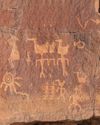
Archaeology
Birds of a Feather
Intriguing rock art in the Four Corners reveals how the Basketmaker people drew inspiration from ducks 1,500 years ago
8 mins
July/August 2025
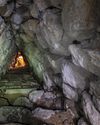
Archaeology
THE HOME OF THE WEATHER GOD
In northern Anatolia, archaeologists have discovered the source of Hittite royal power
13 mins
July/August 2025
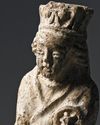
Archaeology
SAINTS ALIVE
Since 2019, archaeologists have been excavating in Berlin's oldest square, known as the Molkenmarkt, or Whey Market.
1 min
July/August 2025
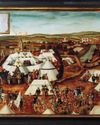
Archaeology
SOLDIERS OF ILL FORTUNE
The Schmalkaldic War, which began in 1546 and lasted less than a year, pitted the forces of the Holy Roman emperor Charles V (reigned 1519-1556) against the Schmalkaldic League, a Protestant alliance formed by German principalities and cities within the empire.
1 mins
July/August 2025
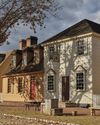
Archaeology
A NEW LOOK AT AN OLD CITY
Archaeologists are reconstructing the complicated 400-year history of Virginia's colonial capital
13 mins
July/August 2025
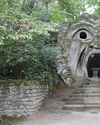
Archaeology
ITALY'S GARDEN OF MONSTERS
Why did a Renaissance duke fill his wooded park with gargantuan stone
10 mins
July/August 2025
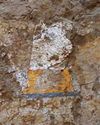
Archaeology
In Search of Lost Pharaohs
Anubis Mountain conceals the tombs of an obscure Egyptian dynasty
3 mins
July/August 2025
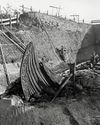
Archaeology
Setting Sail for Valhalla
Vikings staged elaborate spectacles to usher their rulers into the afterlife
15 mins
July/August 2025

Archaeology
BOUND FOR HEAVEN
During excavations of a Byzantine monastery in 2017 just north of Jerusalem's Old City, a team led by Israel Antiquities Authority archaeologists Zubair 'Adawi and Kfir Arbiv discovered an unusual burial in a crypt beneath the altar of the complex's church.
1 mins
July/August 2025

